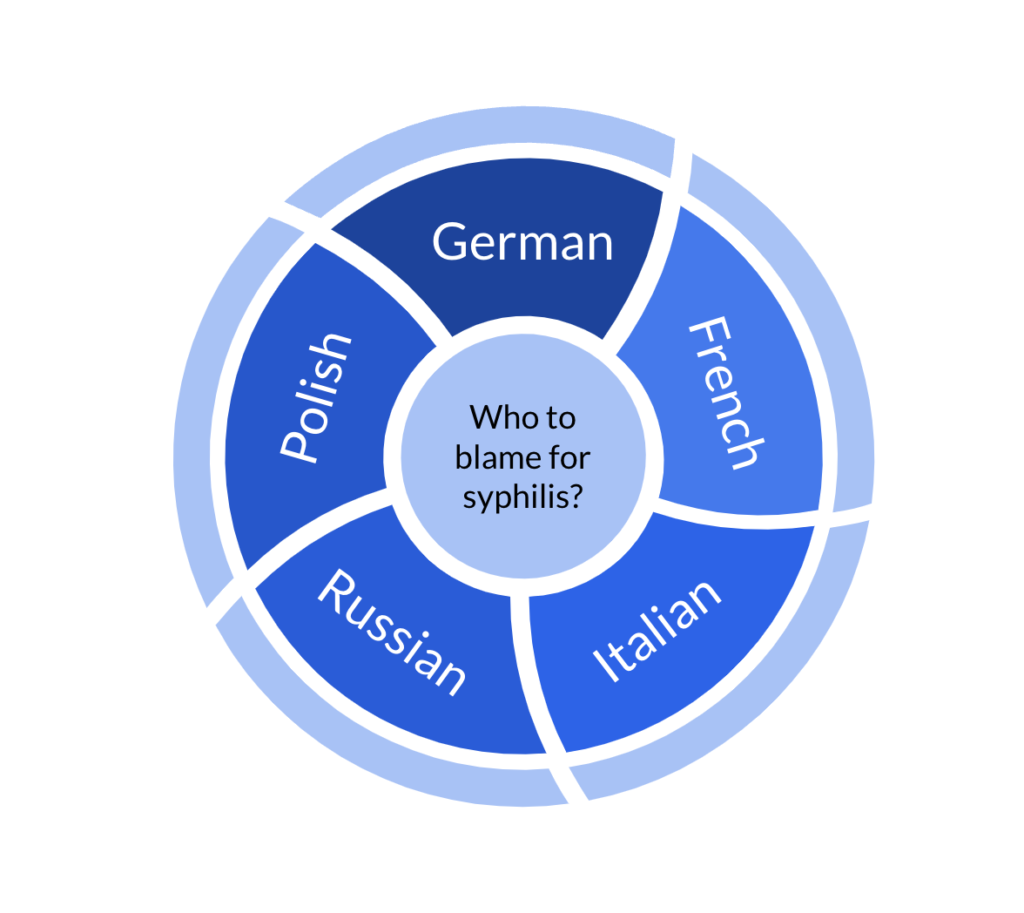
While Maria Gilberta Reyna may have received her COVID-19 vaccine information, for many individuals in the Brown and Black communities, this is not an easy feat. Others, like Maria Sousa, are pressed about their address to confirm their legal status, even though proof of legal residency is not necessary. The risks and fear of deportation or racial profiling have perpetuated the already large quantities of vaccine hesitancy and inequities.
In 2019, a new supervillain arrived in the world names Sars-Cov-2. Having claimed more than six-million people, the virus, which causes COVID-19, takes refuge within our bodies, and continues to wreak havoc using its shape-shifting abilities, finding novel ways to grow its reach. However, awaiting the challenge, were multiple scientists who provided the world with COVID vaccines that were dubbed to be one of the top 100 inventions of the year 2021. These miracle workers gave the world bottled hope.
But, has everyone received a drop?
Despite calls for action by organizations, such as the Centers for Disease Control, World Health Organization, and the UN Development Programme, vaccine equity remains an immediate issue, not only amongst lower-income countries, but also amongst the marginalized here in the United States. As of May 2021, counties in the United States with a large population of Blacks were less likely to serve as COVID-19 vaccine facilitation centers compared to counties whose Black population was lower than the national average, even though Black and Latinx individuals have a higher likelihood of being infected, becoming severely ill, and dying from COVID-19. Globally, only 9.9% of individuals in low-income countries finished the initial COVID-19 vaccination protocol, which is a stark contrast to the 73.7% of individuals in high-income countries. This disproportionate access to vaccines is adding enormous strain to already fragile economic and health infrastructures in low-income countries.
The burden of the Sars-CoV-2 virus on the marginalized is a theme in the HIV/AIDS epidemic as well. In 2018, 5,000 HIV infections emerged each day, and 61% of them were from sub-Saharan Africa. Moreover, there are significant inequities with HIV/AIDS antiretroviral treatment with countries outside of western and central Europe having less treatment. When considering countries like those in sub-Saharan Africa that are compounded with both COVID-19 and HIV/AIDS, vaccine equity becomes an even more pertinent topic.
How do we fix these health disparities to achieve vaccine and treatment equity?
Sandy Thurman spoke about community engagement, and how local leaders and spokespeople were utilized to power efforts. She discussed bringing people with power to the sites most affected. Thus, there needs to be an emphasis on investing in marginalized areas, organizations, and networks, leading to a greater emphasis on decreasing health barriers. Disregarded communities, and lower-income countries should have a spot at the decision-making table because only they truly understand what policies will be effective in their communities. Likewise, resources for treatment, knowledge to build strong health infrastructures, and research centers should be localized in affected areas. In this manner, there is less influence from organizations swayed by the agenda of higher-income countries.
Furthermore, health must be treated as a right. Yes, in our society, economics does play a role. However, when higher-income countries centralize the wealth, health no longer remains for everyone, rather it becomes a commodified good only available to the rich.
-Sriya Karra, 9/20/22 1:01AM


